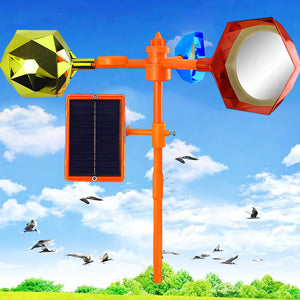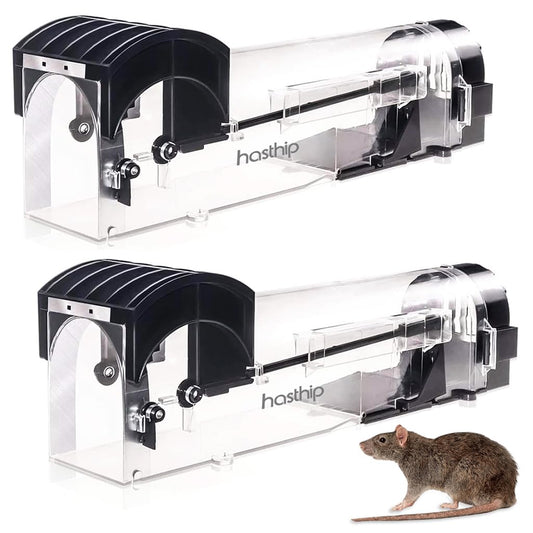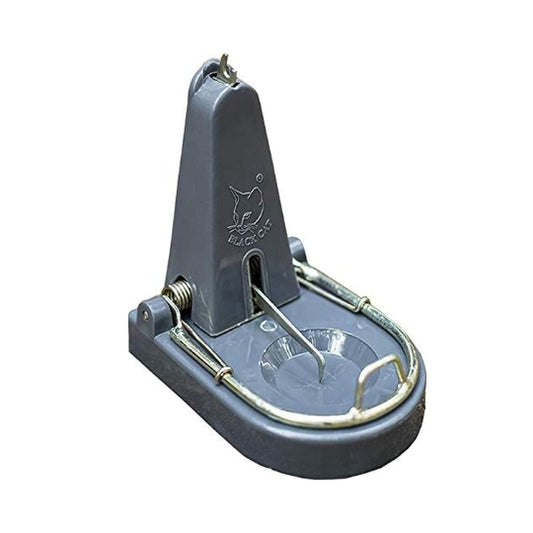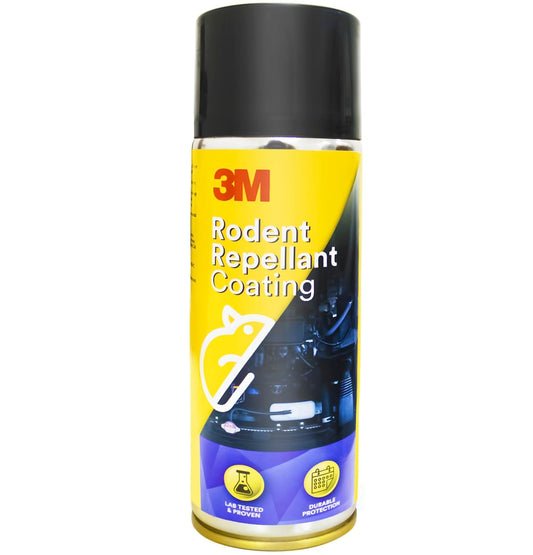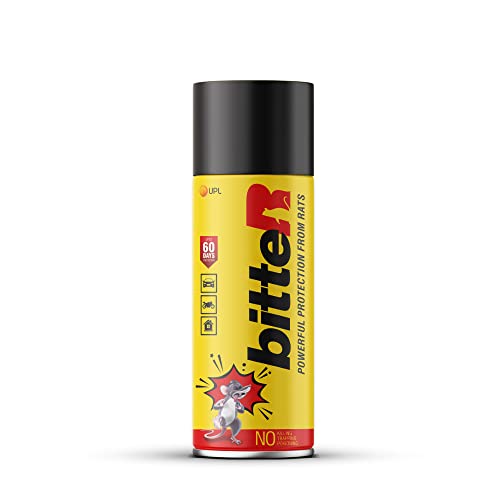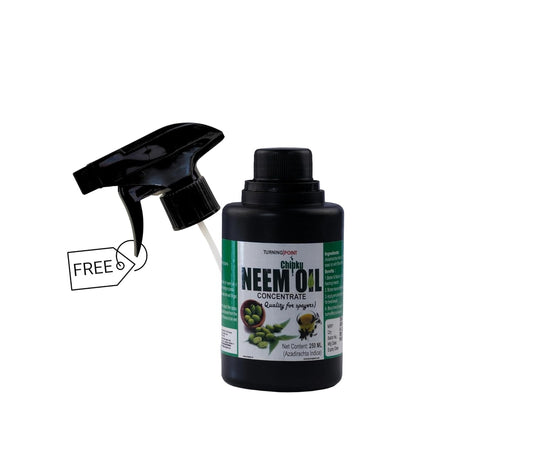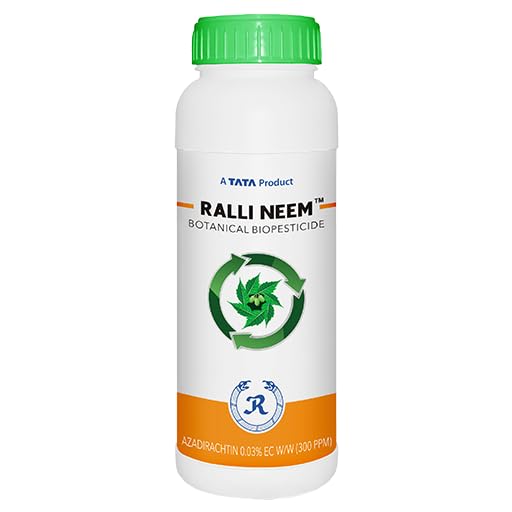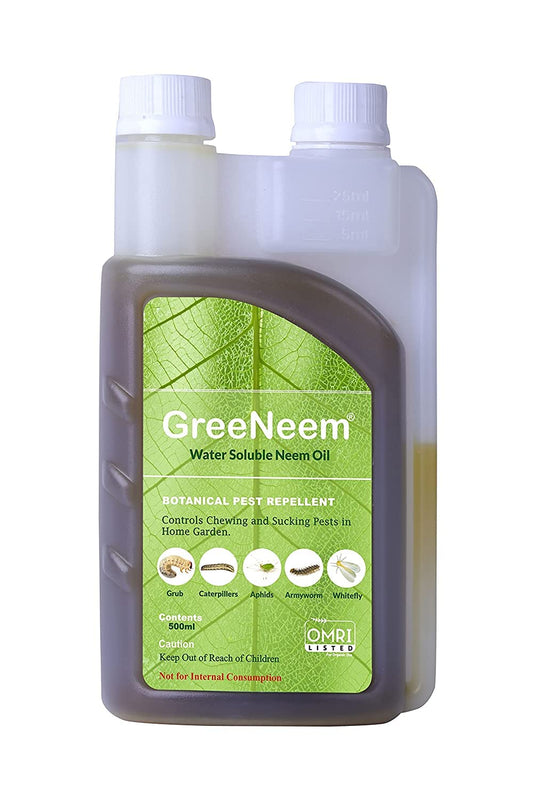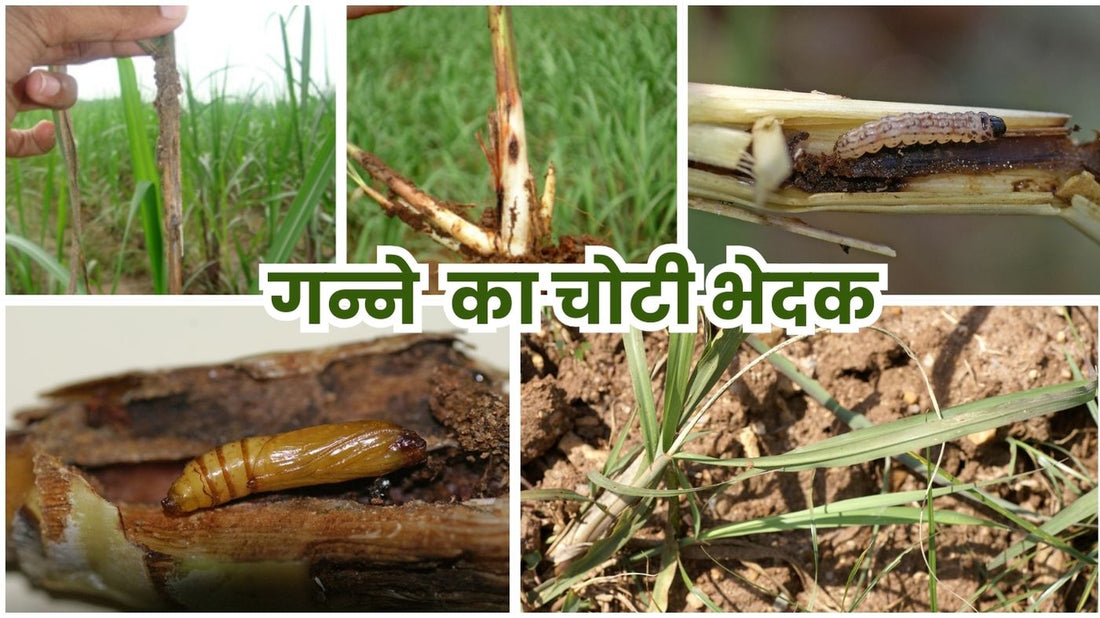
Early Shoot Borer: A Threat to India's Sugarcane and How to Combat It
Share
The early shoot borer, Chilo infuscatellus Snellen, is a formidable foe for sugarcane farmers across India. This stealthy pest, hidden within the young shoots of the sugarcane plant, can wreak havoc on your fields if left unchecked. Understanding its lifecycle, the signs of infestation, and implementing effective management strategies are key to protecting your valuable crop.
The Culprit: Understanding the Early Shoot Borer
The early shoot borer is a moth whose larvae cause the most damage. These larvae bore into the central shoot of the sugarcane plant, feeding on the internal tissues. This feeding activity disrupts the plant's growth, leading to a characteristic symptom known as "dead heart." A dead heart is a withered, easily-pulled-out shoot that emits a foul odor. If the infestation is severe, the upper portion of the cane may dry up completely, resulting in significant yield loss.
Life Cycle and Multiplication Potential:
- The female moth lays flat, scale-like eggs in masses on the undersides of leaves.
- The eggs hatch into larvae, which then bore into the plant.
- The larvae feed and grow within the plant, causing the characteristic damage.
- They then pupate within the stem, and eventually emerge as adult moths to continue the cycle.
- The early shoot borer has a high multiplication potential, with several generations possible in a single year, especially under favorable conditions. This rapid reproduction can lead to quick escalation of infestations if not managed promptly.
Alternative Hosts:
- The early shoot borer is not limited to sugarcane. It can also infest other crops like sorghum, maize, rice, and pearl millet.

- It can also survive on wild grasses and weeds, which can act as reservoirs for the pest.
- This wide host range makes management more challenging, as the pest can migrate from these alternative hosts to sugarcane fields.
Vigilance is Key: Identifying the Pest
Early detection is crucial in managing the early shoot borer. Keep an eye out for these tell-tale signs:
- Dead Hearts: The most obvious symptom is the presence of dead hearts in young plants (1-3 months old).
- Boreholes: You might also notice numerous boreholes at the base of the shoot, just above the ground level.
- Eggs: The moth lays its eggs in masses on the undersides of leaves. These egg masses resemble overlapping tiles.
- Larvae: The larvae are dirty white with five distinctive dark violet stripes.
- Adult Moths: The adult moths are pale greyish-brown with black dots on their forewings.
The Battle Plan: Effective Management Strategies
An integrated approach that combines various management techniques is most effective in controlling the early shoot borer:
Cultural Practices:
- Choose Resistant Varieties: Opt for sugarcane varieties that have shown resistance to the early shoot borer. Some recommended varieties include CO 312, CO 421, CO 661, CO 917, and CO 853.
- Time Your Planting: Early planting (December-January) can help your crop escape the peak period of early shoot borer activity.
- Intercropping and Mulching: Intercropping sugarcane with Daincha and applying trash mulch along the ridges can create unfavorable conditions for the pest.
- Earthing Up and Moisture: Partial earthing up and maintaining adequate moisture levels can also help reduce pest incidence.
- Weed Control: Regular weed control in and around your fields is essential to eliminate alternative hosts for the pest.
Physical and Biological Control:
- Remove Dead Hearts: Promptly remove and destroy dead hearts to prevent the pest from spreading further.
- Use Pheromone Traps: Install pheromone traps to monitor the pest population and disrupt mating.
- Biological Control Agents: Consider applying granulosis virus or releasing the tachinid parasite Sturmiopsis inferens, which preys on the early shoot borer larvae.
Chemical Control (As a Last Resort):
- Soil and Foliar Treatments: If the pest population crosses the economic threshold level (ETL), apply recommended pesticides as soil treatments or foliar sprays. Some effective options include Chlorantraniliprole, Fipronil, Methoxyfenozide, or Bifenthrin + Clothianidin. Always follow label instructions and safety precautions.
Conclusion: Safeguard Your Sugarcane, Secure Your Livelihood
The early shoot borer is a significant challenge, but it's not insurmountable. By staying vigilant, implementing integrated pest management practices, and seeking expert advice when needed, you can effectively protect your sugarcane crop from this destructive pest. Remember, a healthy crop is the foundation of a prosperous harvest. By taking proactive steps to manage the early shoot borer, you're not only safeguarding your sugarcane but also securing your livelihood and contributing to India's thriving agricultural sector.








